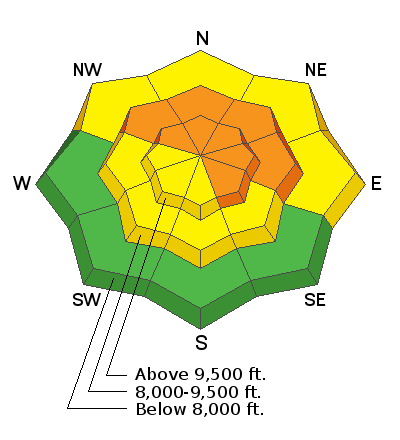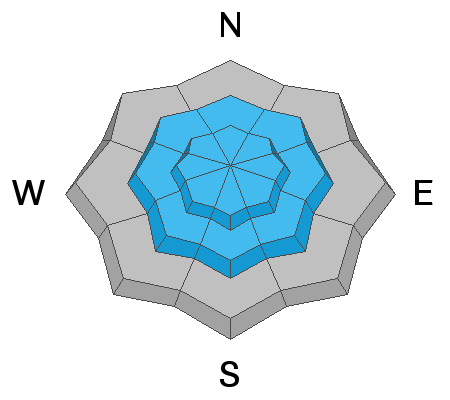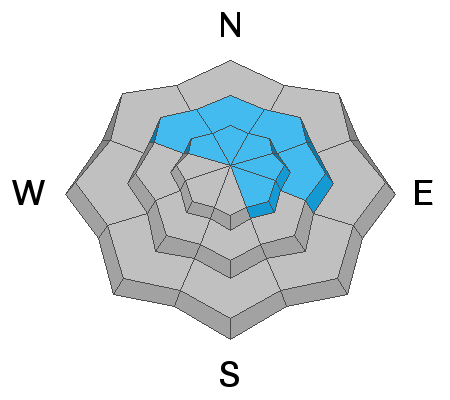Forecast for the Provo Area Mountains

Issued by Trent Meisenheimer on
Thursday morning, March 14, 2019
Thursday morning, March 14, 2019
The avalanche hazard remains at CONSIDERABLE at the mid and upper elevations facing northwest through southeast where a complex pattern of weaker buried layers of snow remain. There is a MODERATE hazard of fresh drifts and storm snow at the upper elevations, as well as north-facing mid elevations.
The avalanche danger could spike immediately to CONSIDERABLE on sunny slopes if the sun decides to come out this afternoon.

Low
Moderate
Considerable
High
Extreme
Learn how to read the forecast here









